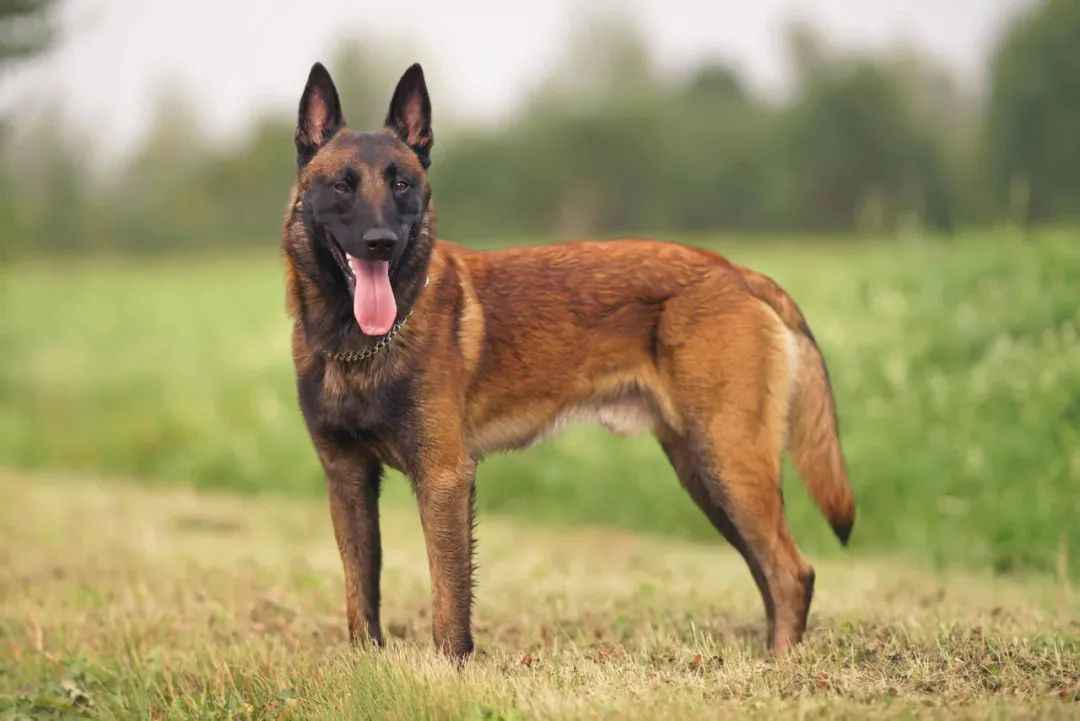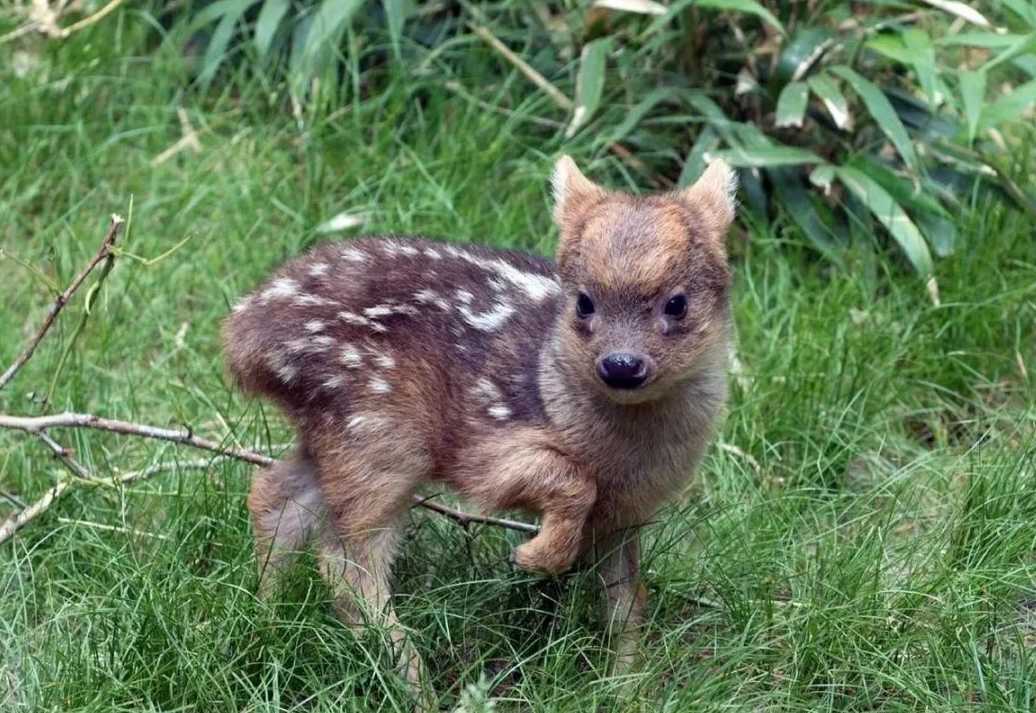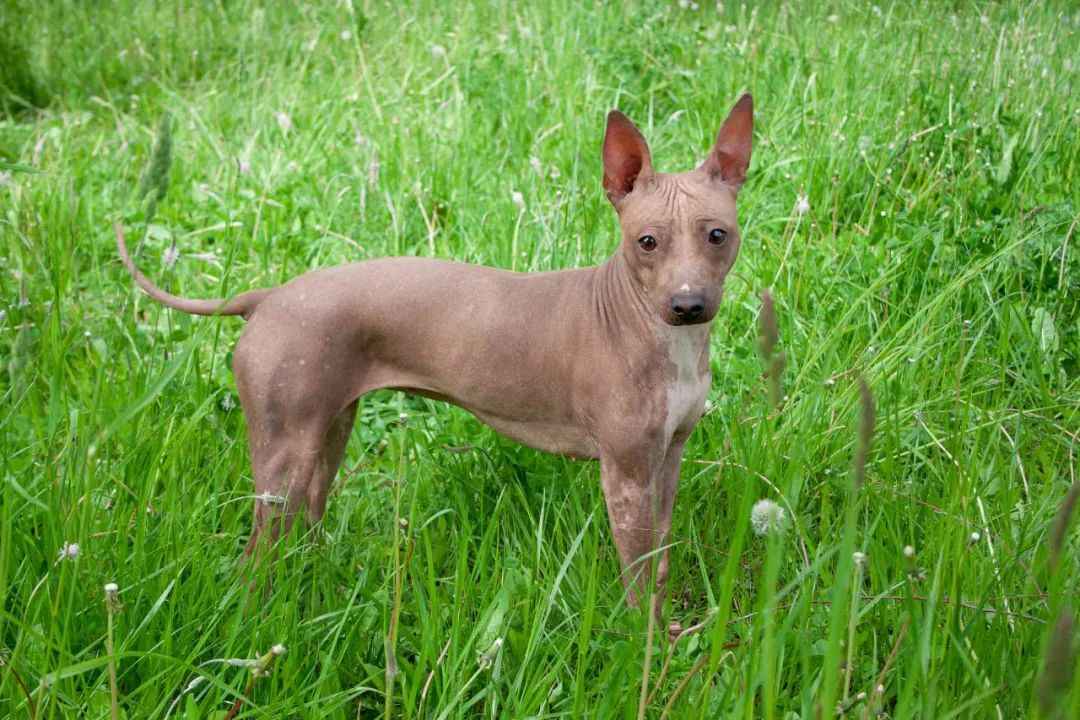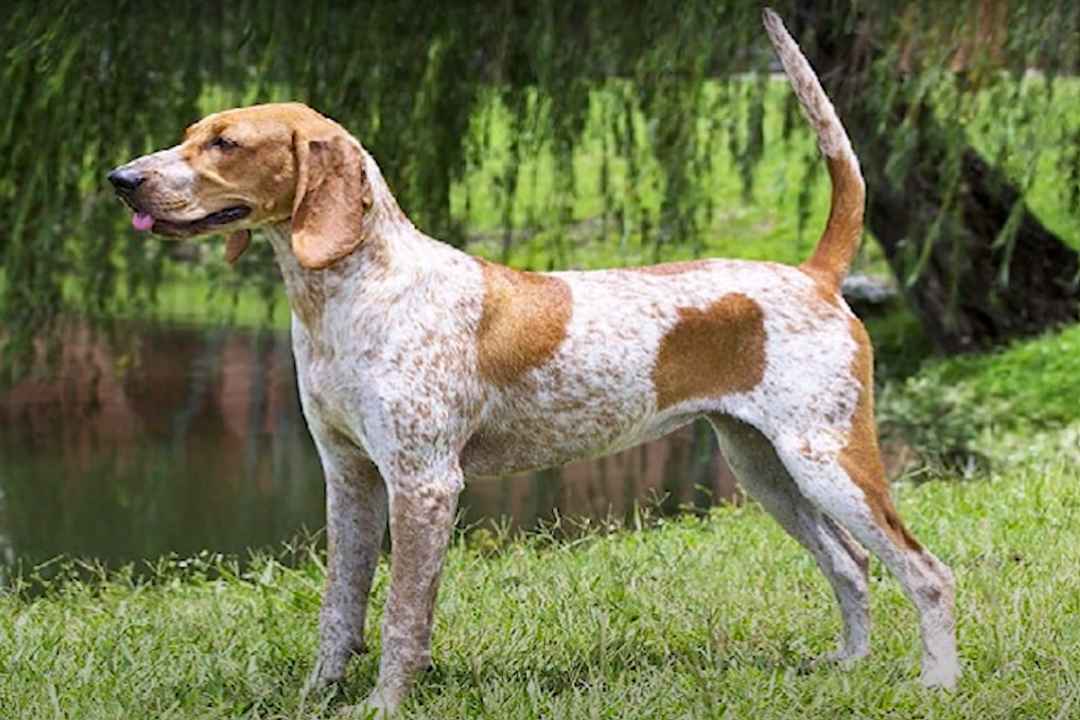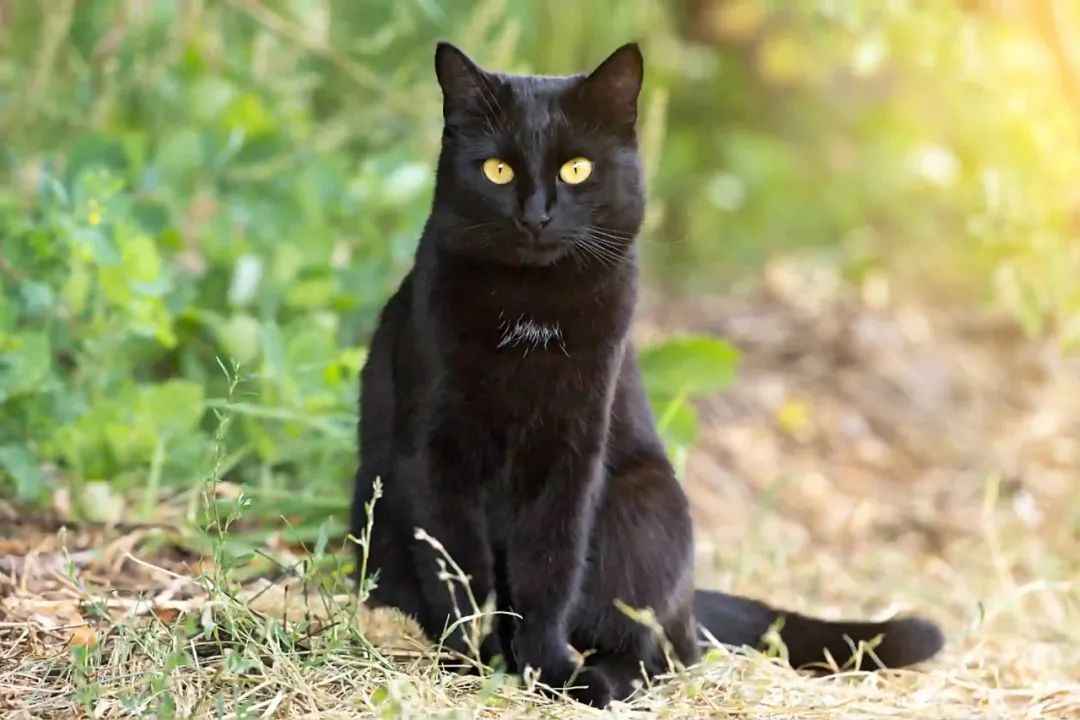Standing 33–41 cm tall at the shoulder and weighing 8–14 kg, the English Beagle has a sturdy, compact build. Its most distinctive features include "U"-shaped drooping ears that cling to the cheeks, gentle brown or hazel eyes, and a short, dense coat typically marked with black, white, and tan. The tail, often white-tipped, stands erect and waves when the dog is active. Agile and enduring, it boasts a brisk, tireless stride ideal for long-distance tracking.
Known for its cheerful and sociable nature, the Beagle is friendly even to strangers, earning it the title of "the musician among dogs" for its unique, melodious baying during hunts. However, its low obedience level and strong curiosity can lead to mischief, such as chewing or digging, making daily exercise essential to channel its energy. Notably, the English Beagle is slightly larger and more muscular than its American counterpart, a distinction rooted in regional breeding standards.
While generally robust, the breed faces specific health risks: approximately 15% suffer from hip dysplasia, 20% are prone to ear infections, and obesity is a common concern due to their voracious appetites. Regular ear cleaning, strict weight management, and joint health support are critical for care. Historically, their calm temperament and predictable genetics made them frequent subjects in medical research. However, in 2025, the U.S. National Institutes of Health (NIH) announced an end to all Beagle-related experiments, prompting a shift toward adoption as family pets.
As the inspiration for the iconic cartoon character Snoopy, the Beagle has become a global cultural symbol. Today, besides being cherished family pets, they serve as diligent drug-detection dogs in airports, leveraging their exceptional sense of smell. Data from 2025 shows the breed remains highly popular in North America and Europe, valued for its adaptability and loyalty in multi-generational households. With growing animal welfare awareness, rescued laboratory Beagles are increasingly finding loving homes, further cementing their reputation as "humankind’s best companions."
From royal hunting grounds to modern cities, the English Beagle continues to thrive, blending historical significance with versatile charm in human life.

